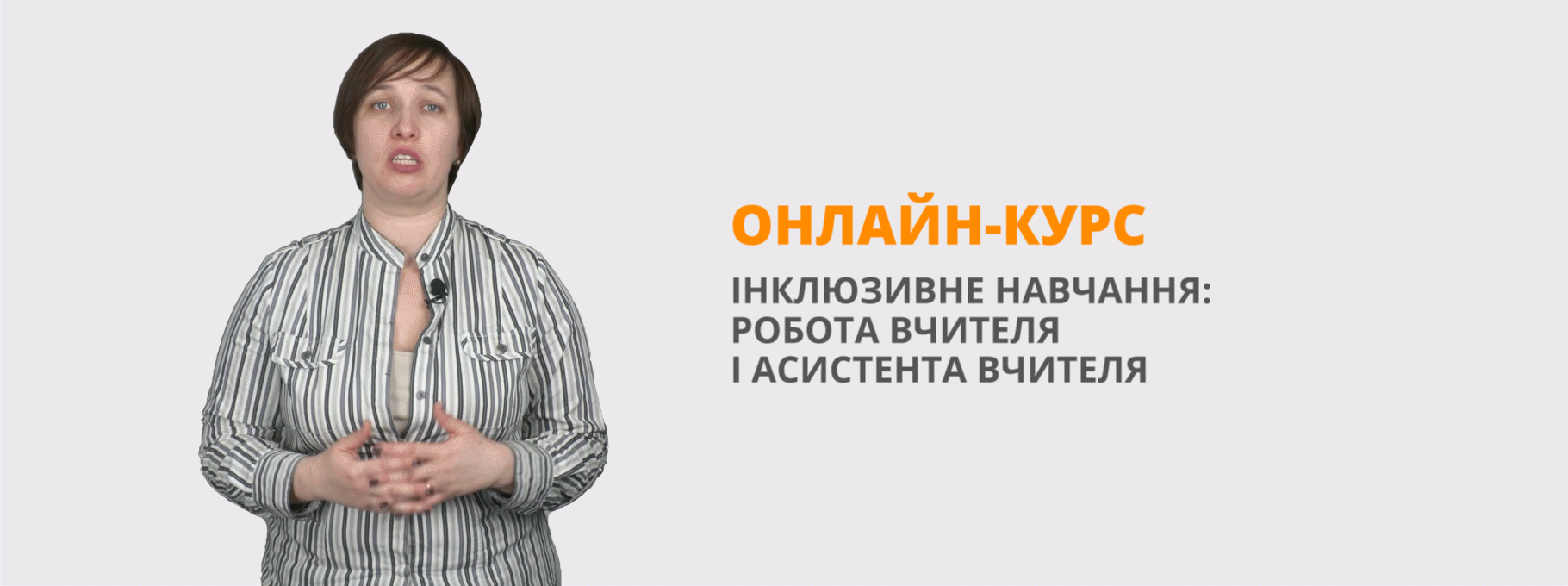Урок "Молодь і молодіжна культура. Субкультури."
LESSON 10: Youth and teenage culture. Sub cultures.
Цілі: вдосконалювати лексичні навички й навички читання, навички говоріння, аудіювання, усного мовлення; розвивати пізнавальні інтереси студентів; розвивати логічне мислення; виховувати загальну культуру студентів.
Тип уроку: тренувальний з аудіювання та говоріння.
Обладнання та наочність: підручник, презентація, відеоматеріали.
Група: ІІ курс.
Procedure
- Preparation
Good morning, students! How are you today? What weather is it like today? What date is it today? Write down the date and the topic, please. They are on the board.
2. Warm-up
1) Today’s topic is teenage culture. What do you think: do young people have their own culture? Why? / Why not?
2) How is this culture often called? Why so?
3) What subcultures do you know? Do you know much about them?
3. Checking home task
What are your points of view on youth culture? Present your speeches.
4. Speaking
1) There are a lot of various subcultures in the world. Watch the presentation about some of them and be ready to answer the questions:
- Can you say that you belong to any subculture? Why? / Why not?
- Would you like to be a part of some subculture? Why? / Why not?
- How do subcultures influence teenagers’ lives?
- What if your child becomes a part of a teenage subculture?
5. Reading
Youth culture is not only about subcultures, but youth movements and organizations too. Read the article about youth organizations in Britain, answer the questions:
- How many youth organizations are there in Great Britain?
- What are they?
- What are the principals of the boy scout organization?
- What are the principals of the girl guide association?
- Tell about associated with politics youth organizations.
- Tell about religious organizations.
- What is the aim of youth organizations?
6. Speaking
Young people often take part in different movements in order to express themselves and to reach certain common goals. Develop a speech as a participant of such a movement on basis of ex. 1, p. 95 (work in groups of three).
7. Watching
Watch the video. Be ready to answer the questions:
- What happened at night?
- Why was Bridget’s morning so busy?
- What was in the box Annie gave Nick?
- What were Annie and Ziggy protesting against?
- What difficult situation occurred when Hector came back to work?
- Did Nick take a good care of guinea pigs Annie gave him? What happened to them?
- Was the protest successful? What happened during it?
- A part of what movement or organization you think Annie is?
8. Summary
1) What do you think about youth culture now?
2) Do you think it is important for young people to have their own culture? Why? / Why not?
3) Have you ever felt like creating your own movement? Why? / Why not?
9. Homework
Imagine yourself a youth movement leader. What is your moto? What goals does your movement have? Why did you create it? Who are your followers?
10. Marks
Who was the most active? And who was a little bit lazy? Why? Your marks for today are... The lesson is over. Good bye!
There are about 60 youth organizations in Great Britain. All youth organizations can be divided into three large groups: 1. non-political organizations; 2. youth organizations associated with political parties; 3. youth organizations controlled by religious bodies.
The two largest non-political youth organizations are the associations of the Boy Scouts and the Girl Guides. There are about 1300000 boys and girls in them. The membership is voluntary.
The Scout Association was formed in 1908 by General Baden Powell. His idea was to train boys in mapping, signaling, knotting, first aid and all the skills that would arise from camping and outdoor activities. Most important of all for a Scout was to make a promise that he would do his best to do his duty to.
The Boy Scouts had a left-handed handshake, a special badge and the motto “Be Prepared”. The Scout Law embraces “honor, obedience, cheerfulness, thrift and cleanliness in thought and deed.
The Scout movement was intended for boys from 11 to 14 (15), but in 1916 Baden Powell introduced a program for younger people. He called them Wolf Cubs. They had special uniforms, badges, a special training system and the motto “Do your best!”. The Wolf Cub pack is based on Kipling’s “Jungle Book” about learning to survive.
The Girl Guides Association was founded by Baden Pawell in 1910. It’s divided into three sections: Brownies (from 7.5 to 11), Guides (from 11 to 16), Rangers (from 16 to 21). The program of training is planned to develop intelligence and practical skills including cookery, needlework, childcare. Like a Scout a Girl Guide must be a friend to animals.
There are some other non-political organizations: the Combined Cadet Force, Sea Cadet Corps, the Woodcraft Folk, the Youth Hostels Association, the National Federation of Young Farmers Clubs, Greenpeace.
There are several youth organizations associated with political parties. The Youth Campaign for Nuclear Disarmament (YCND) unites young people and organizes mass rallies and meetings, demonstrations, marches of protest, festivals. It co-operates with the National Union of Students.
Religious young organizations and groups aim at helping to elderly people or working in hospitals. There are even groups where young people help released prisoners to start then life a-new. Religious organizations pay attention not only to the study of religious views but involve youth into such activities as music festivals and amateur theatre.
As you see, all there’s organizations aim at preserving and strengthening the social and political system existing in the country. Many of them have done and still are doing useful work in providing leisure facilities for young English people.


про публікацію авторської розробки
Додати розробку
